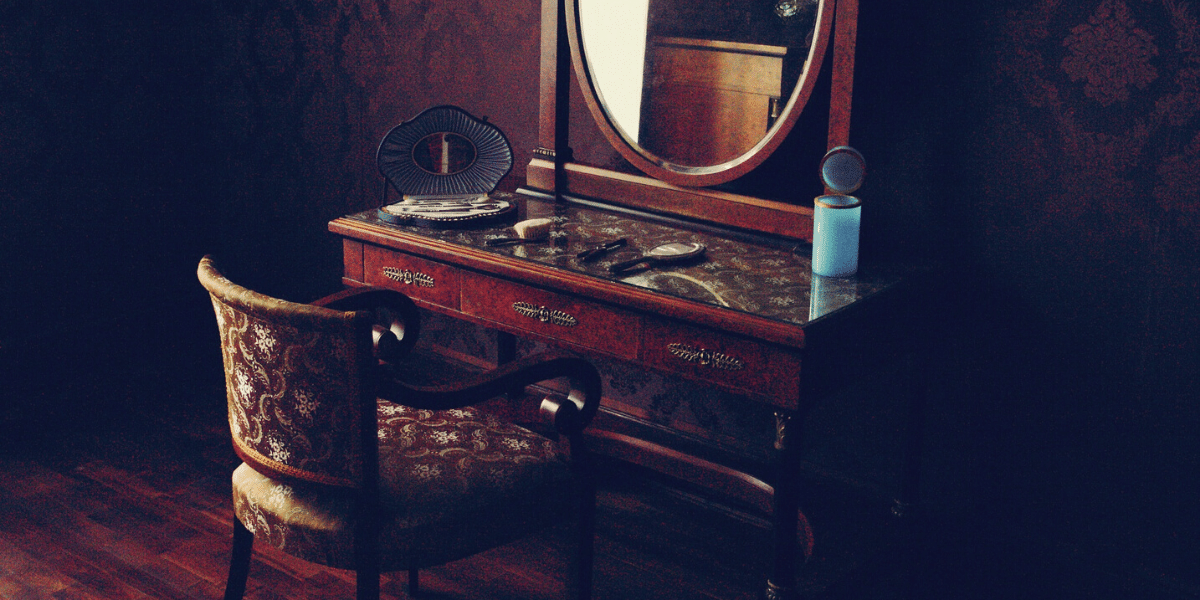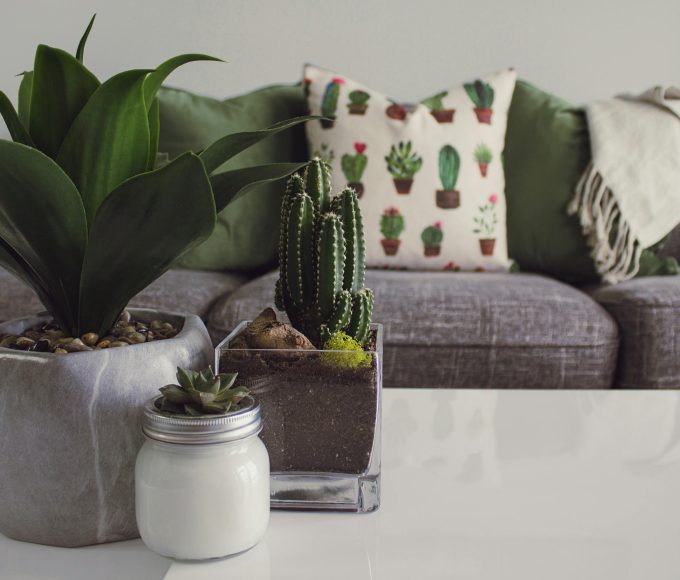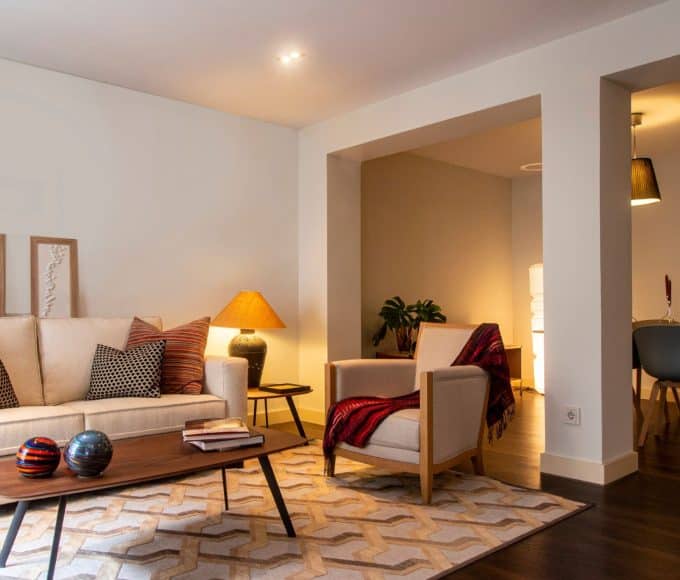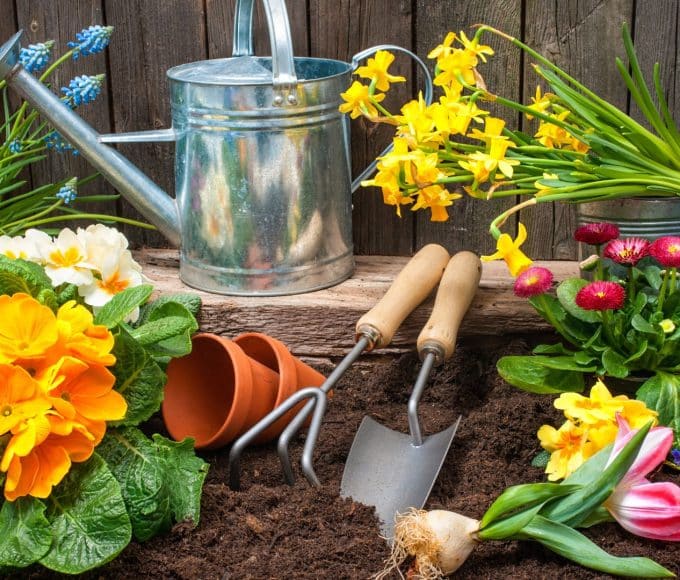Antique rehabilitation is an exciting and worthwhile investment of your time and effort. But understanding the best ways to refurbish your projects can sometimes be a challenge. Let us introduce you to some of the top tips for restoring antique furniture. Using these, you can ensure that your final products are always top quality.
Video Overview
Assess the Condition of Your Piece
One of the essential steps to ensuring your antique restorations go off without a hitch is carefully assessing the condition of each piece you intend to refurbish. Start by looking at the bones of your projects rather than just their cosmetic appearances. For instance, if you’re planning to restore a vintage chair, you’ll want to check that the legs, backboard, and cushion cradle are sturdy and durable. These factors are crucial to a successful restoration, as unstable structures may result in projects falling apart entirely before you have a chance to start.
Clean Your Project Thoroughly
Next, it’s wise to clean your projects as thoroughly as possible before embarking on significant fixes. Delicately remove any debris, dirt, or residue that you notice sticking to your piece. Scrub away any soot leftover from burn marks, remove small dents, and fill in minor scratches when possible. Cleaning your projects this way will ensure an even finish and sealant application when you’re ready to refinish your furnishing. This process also ensures that your final product is the sparkling, rejuvenated version of the original piece you set out to restore.
Remove Old Finish and Upholstery
Once you’re satisfied that you’ve smoothed out your piece’s imperfections and cleaned it methodically, it’s time to remove its old finish and fabric. Be extra cautious during this stage, as stripping finish off aged wood can result in unsightly damages. Additionally, you want to be careful when removing old upholstery. Avoid ripping through the fabric, and instead, delicately remove any staples holding it to the base of your piece. Then, gently lift the material away from it. Following this process will ensure that there are no leftover staples or hanging fabric scraps. As a result, your antique furniture will be ready to receive its upgrade.
Refinish, Seal, and Reupholster With Care
Lastly, your project should be ready to receive its new finish, protective sealant, and fabric. Again, this part of the process requires great care. When you start refinishing your piece’s frame, use smooth, even strokes to cover every inch of the wood. Doing this will give your furnishing a lovely, even hue and ensure that your wood sealant application is level and polished.
When it’s time to reupholster, select a durable fabric that can withstand the test of time. Staple it carefully to the bottom frames of your piece. Smooth it over from the center. Laying your fabric this way will help you avoid crinkles, bubbles, or dents in your new upholstery.
Making your vintage projects shine with new life is a beautiful and satisfying pastime. Hopefully, these top tips for restoring antique furniture will help you gain a little more insight on the best ways to ensure your projects are top tier every time.
For more tips around the home, come see us!















Leave a comment